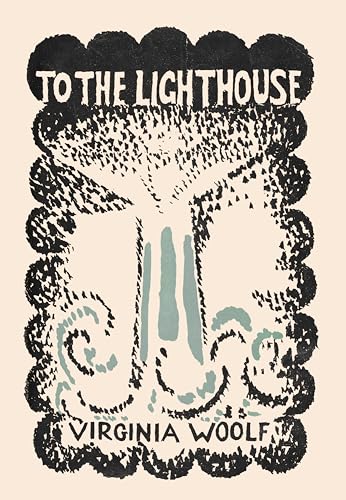"To the Lighthouse" is Virginia Woolf's fifth novel and is widely acknowledged as being among the greatest literary achievements of this century. It is also the most popular of all her novels. It is set on a Hebridean island where the Ramsay family as well as various guests enjoy the long summer in each other's company. The island is overlooked in the distance by a lighthouse, the object of desire especially for the Ramsay's six year old son, James. Whilst each of the three sections is fragmented into stream-of-consciousness contributions from various narrators, at the centre of it all is Mrs Ramsay, mother of eight children, loving wife, friend and gracious hostess.
Virginia Woolf
Virginia Woolf was a prominent English writer and modernist literary figure. Known for her stream-of-consciousness writing style, she challenged traditional narrative structures and explored themes of gender, class, and mental health in her works. Some of her most notable works include "Mrs. Dalloway," "To the Lighthouse," and "Orlando." Woolf's contributions to literature include her innovative approach to character development and narrative technique, as well as her exploration of the inner lives of her characters. Her most famous work, "Mrs. Dalloway," is considered a masterpiece of modernist literature and a reflection of Woolf's unique literary voice. Woolf's impact on the literary genre is undeniable, as she paved the way for future generations of writers to experiment with form and style in their own works.



